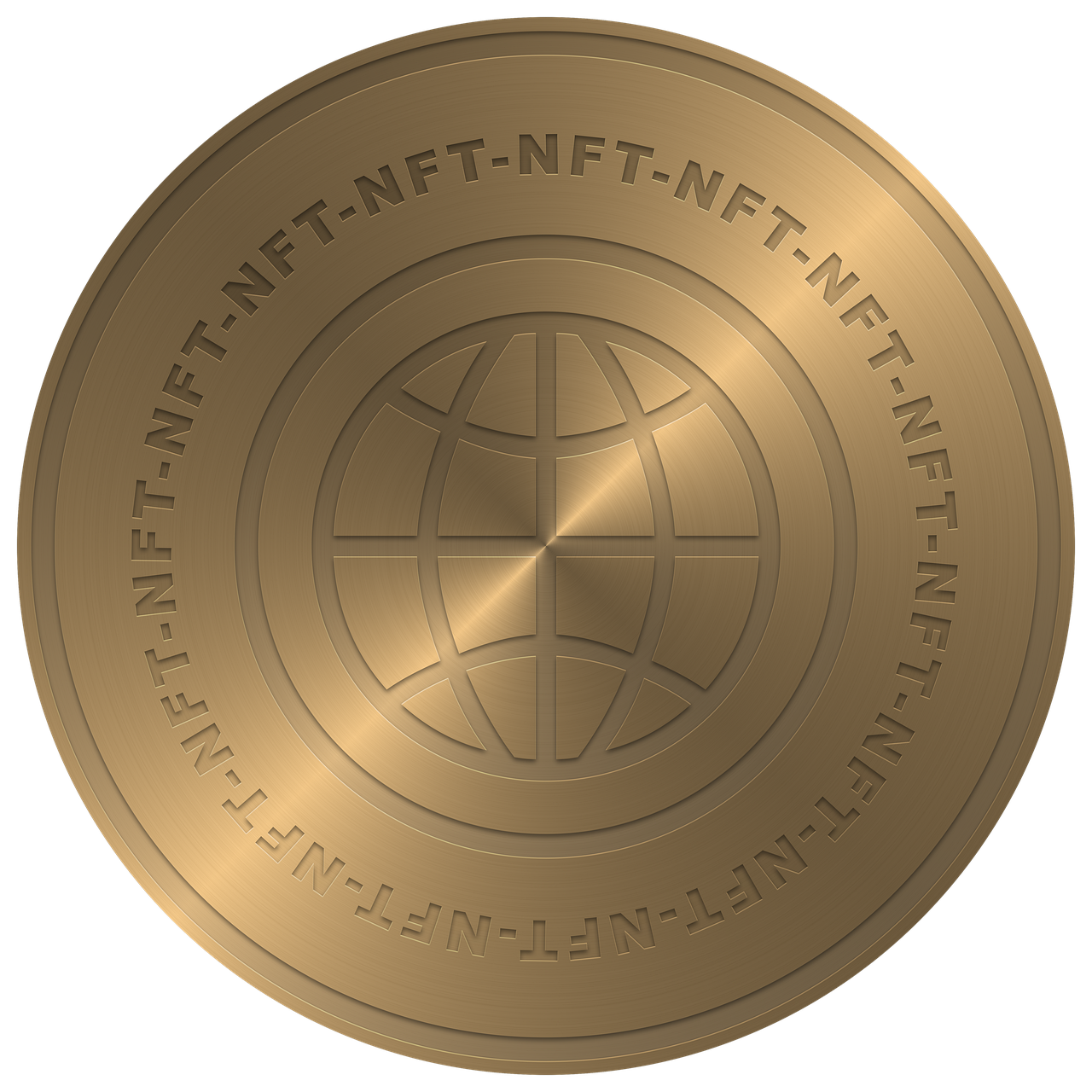As I mentioned, a quick reminder that “NFT” does NOT solely equal a piece of digital art. It is a technology that provides scarcity to a digital asset. Scarcity delivers value – whether gold or non-tangible goods. Therefore, it makes many other activities possible beyond digital art possible such as music and events/ticketing. Through their increased application for these purposes will seem into the greater water supply of society and in 10 years we will not understand anything else. I want to speculate on this as it relates to art and artifact collections.
Business Advice from Artists, Part 1: Minimalism
“Normal” is not a Target
We manage collections of cultural patrimony (art included) in deep, inefficient ruts left by the ox carts of previous generations. At that time, it made certain sense, but all things must occasionally evolve away from gills and grow feet. Failure to evolve in general (but especially now), when the industry bleeds out funds to pandemic recovery, will only further pump the brakes on returning to “normalcy”. “Now” is “normal”.
If Sea Freight is the Answer, What is the Question?
The logic of the argument focuses on carbon emissions where air freight vastly out-pollutes sea freight. While I fully side with the GCC’s goals and intent, sea freight hardly qualifies as clean as it emits other noxious bi-products including CO2 by fueling the tens of thousands of ocean vessels with fossil fuels.
Tracking Trackers
Though this information creates a glut of value for the user, we should take a moment to consider risks associated with how the attainment of the information affects our institutions.
Network connectivity creates a tiny crack in the foundation as data breaches become a possibility anytime something connects to the internet. Such a fissure – though extremely unlikely – will allow a malicious third party access to the whereabouts of your objects.
IRL NFTs FTW
As a lot of “froth” has accumulated around the NFT trend, that they provide scarcity will undoubtedly allow them to weather the fad in the world of collections. Scarcity is the beating heart of the collection, of the museum, of the collectible. We may all have an image of the Mona Lisa, but only the Louvre has the actual work. It epitomizes scarcity despite the flood of reproductions.
We've Been Discovered
Not to lose out to NFTs, two recent headline-grabbing events will push those of us who work with art and artifacts to refine our relationship to technology: the valuation of Masterworks at $1 billion and the use of artificial intelligence by Swiss company Art Recognition in the authentication process of a Peter Paul Reubens painting at the National Gallery in London.







